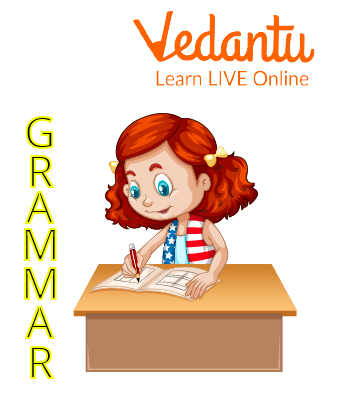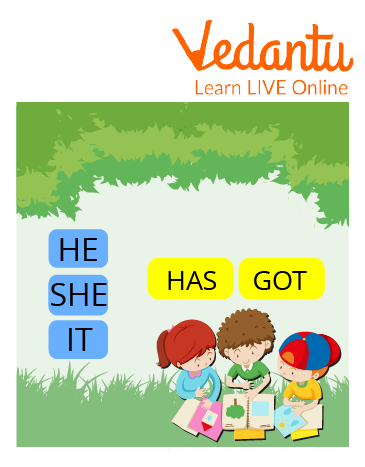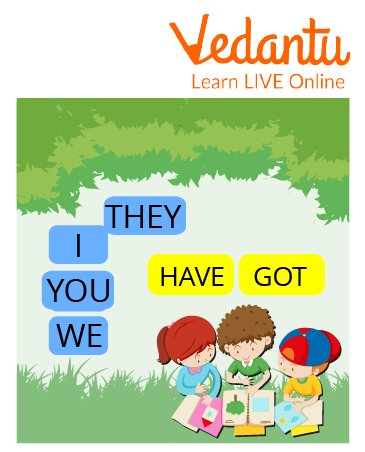English Grammar Class 1 Has and Have - Download Free PDF with Solution
FAQs on English Grammar Class 1 Has and Have - PDF
1. What is an auxiliary verb and how can “to have” be used as an auxiliary verb?
An auxiliary verb is a helping verb that is combined with another verb to form a meaningful sentence. Usage of "to have" as an auxiliary verb helps create the present perfect and past perfect tenses. For example, "I have seen this movie" and "She has eaten her breakfast."
2. What is the difference between has and have?
We use "has" with the third person like she, it, and he, and "have" is used with the first person like I, you, and we. Have is also used with third person when it is in plural form like "they".
3. What are some of the examples of has and have sentences for Class 1?
Some of the examples of has and have in sentences are listed below:
She has many books.
I have many toys.
They have many tickets.
You have a horse.












